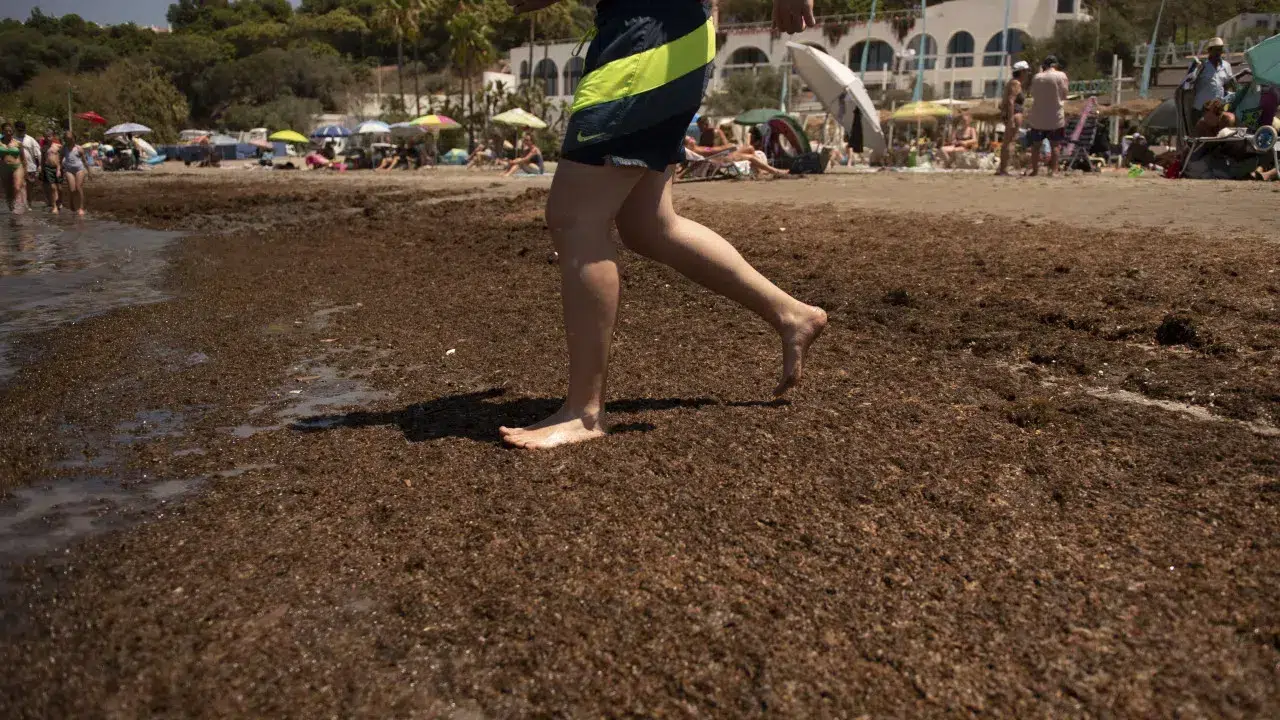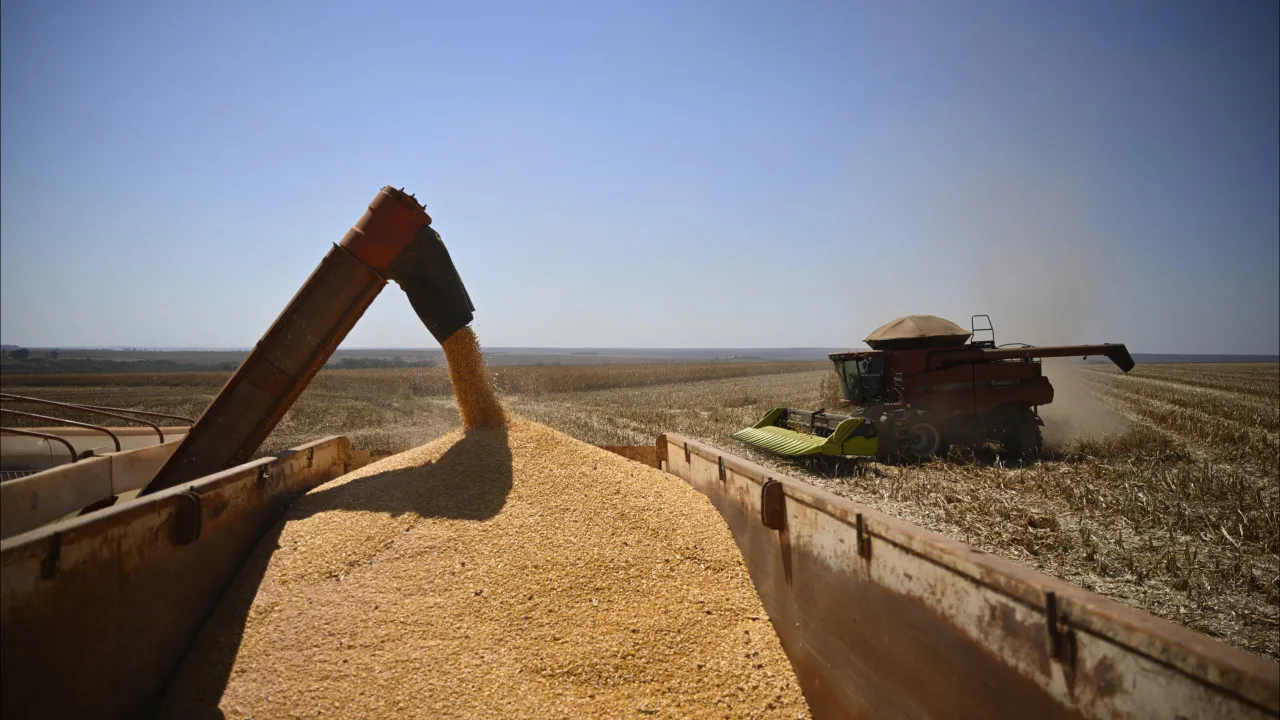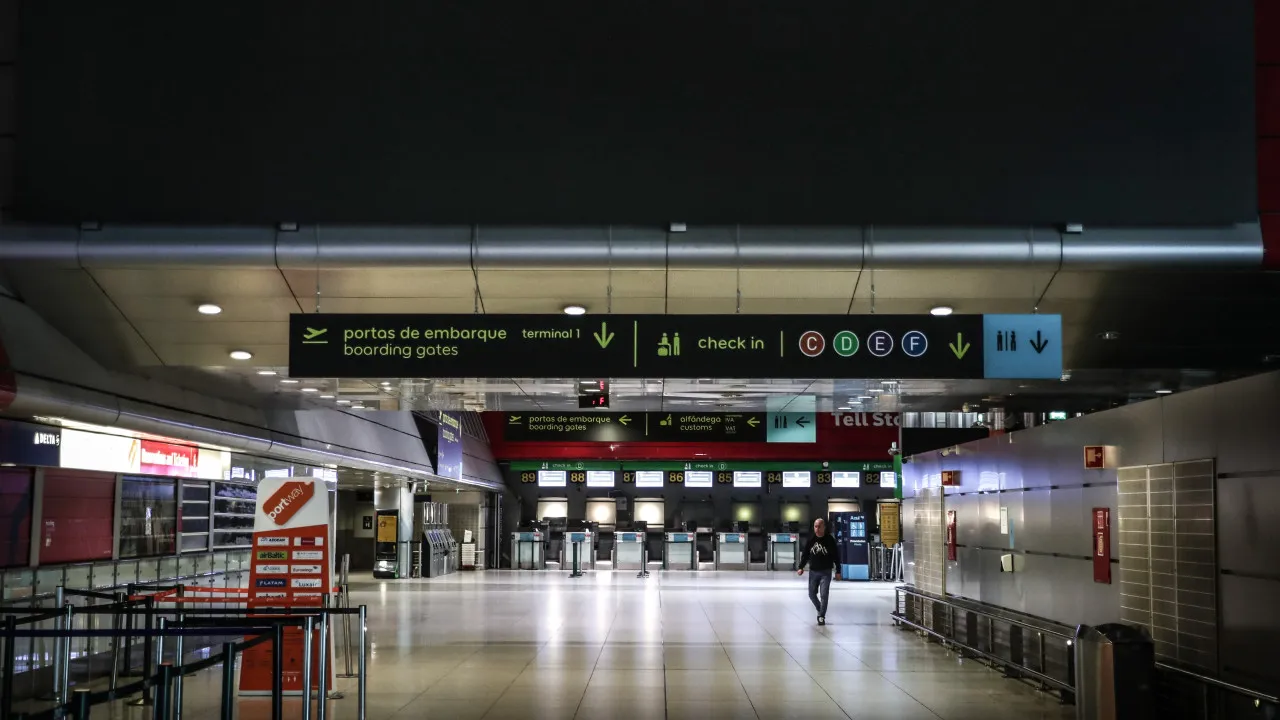
On Tuesday, the government approved the National Strategy for Managing the Invasive Macroalga Rugulopteryx okamurae, which is “spreading worryingly along the Portuguese coast,” according to an official statement.
This is an “exotic species from Asia that continues to spread worryingly along the Portuguese coast, particularly in the Algarve and the Cascais area,” the joint statement from the Ministry of Environment and Energy and the Ministry of Agriculture and Sea noted.
A document about the alga reveals that it appeared in Cascais last year and that 2,000 tons of the species were removed from just two beaches in four months.
The algal barrier has not diminished on the affected beaches.
It reportedly emerged in the Strait of Gibraltar in 2015 as an invasive species.
In the Azores, it appeared four years later, likely transported by ballast water or ship hulls, quickly dominating habitats on rocky surfaces along the south coast of S. Miguel. It was detected in Faial in 2021.
The rapid reproduction rate leads to large biomass accumulations, carried by currents and reaching beaches, the document states, noting the alga was added to the list of invasive exotic species of concern to the European Union in July 2022.
“Rugulopteryx okamurae” is a perennial brown algae species from Asian coasts, whose rapid growth hinders the development of other species, colonizing most of the rocky sea substrate and resulting in biodiversity loss. It causes an unprecedented massive biomass increase, affecting local fauna, landscape, and beaches.
The document from the Cascais City Council indicates that the alga has uses in industries like pharmaceuticals, with projects exploring its use as compost and fertilizer in agriculture or even in bioconstruction.
In Andalusia, the alga impacted fishing by reducing catches of various species and damaging fishing gear, leading municipalities to spend 1.2 million euros on cleanup within a nine-month period, as noted in a study conducted around five years ago.
The council document emphasizes there is no evidence of risks to human, animal, or plant health, but also states that no effective control methods are currently known, nor have natural regressions of the algae been observed. Early detection is deemed the best solution.
The government announcement from Tuesday outlines an action plan with measures for monitoring, operational response, biomass valorization, scientific research, and institutional coordination, aiming to mitigate ecological, social, and economic impacts.
Planned measures include removing the alga from critical areas, exploring its value for industrial or agricultural purposes, mobilizing regional rapid response teams, and creating a national georeferenced database to track the species’ evolution.




